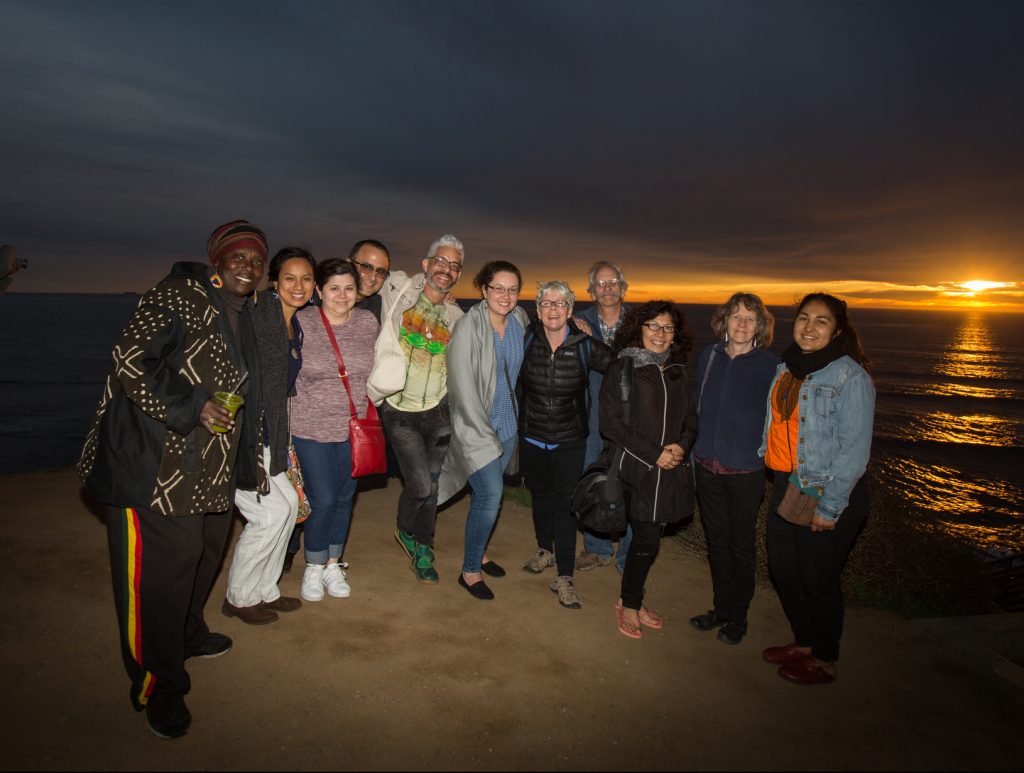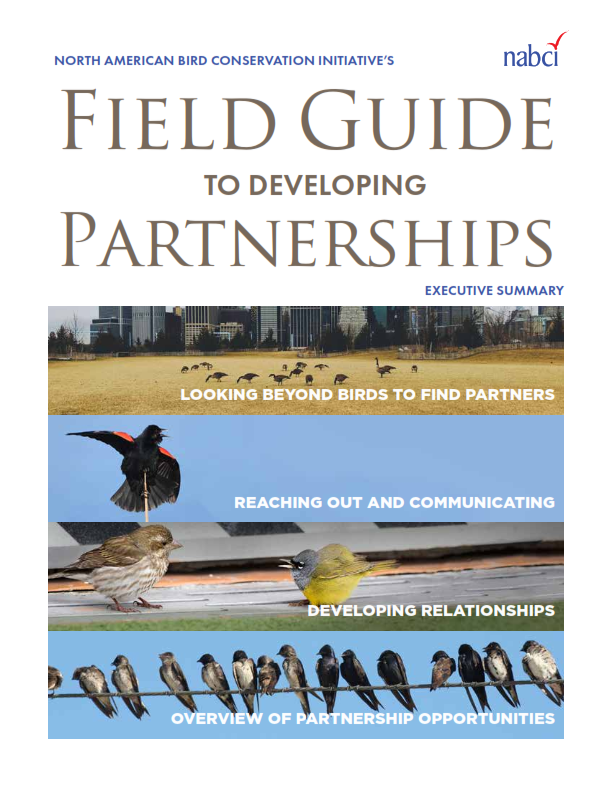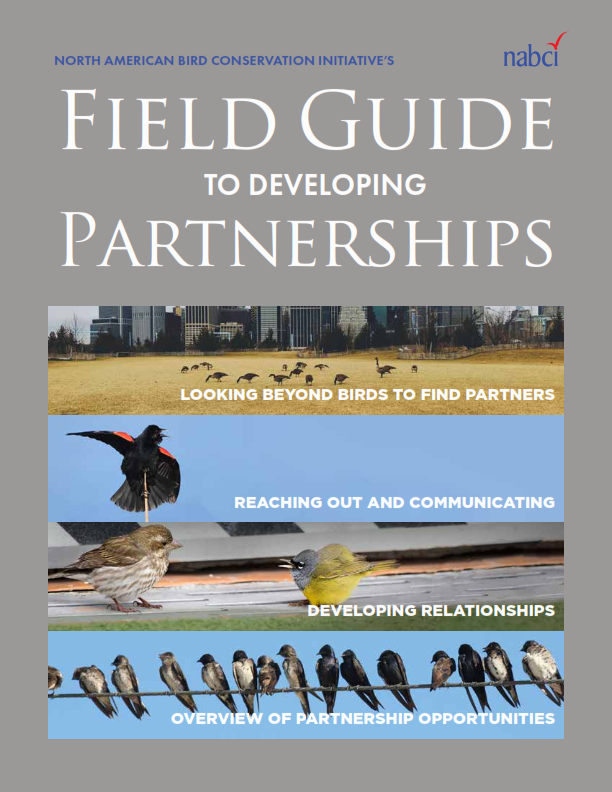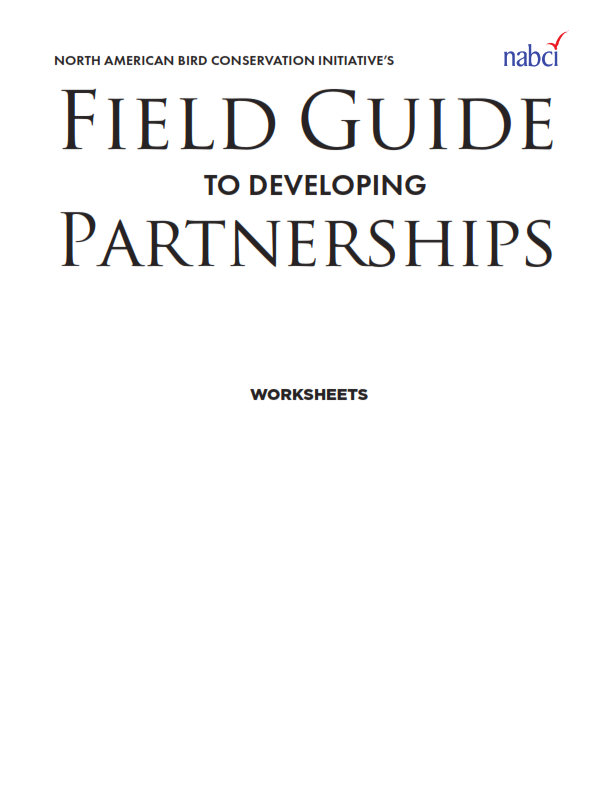Developing mutually beneficial partnerships based on common or complementary goals requires commitment, flexibility, and a desire and capacity to listen and understand the needs, values and challenges of potential partners. This document provides guidance on how to find common goals, effectively reach out to potential partners, and develop lasting relationships that benefit all players.
Developing Relationships
Once you have identified an organization or individual with common goals and made initial contact, building on these common goals, identifying value to all partners, and developing trust are key to forming and maintaining relationships. Some general considerations for positive relationship development include the following:
- Be flexible and expect discomfort; approach a partnership with an open mind and a willingness to listen and understand.
- Partnerships between organizations often start as connections between individuals; build personal relationships and provide opportunities for individuals to connect.
- Clearly and honestly state your goals, and demonstrate reliability and competence by doing what you say, respecting partners’ time, and being organized and efficient.
- Understand the importance of a good leader and a good facilitator; a good leader can set the tone of a partnership, and a strong facilitator ensures everyone is heard.
- Establish a foundation of mutual value, desired outcomes, and ground rules; framing the group’s destination and process can help avoid later pitfalls or confusion.

Partnerships among organizations often start with connections between individuals. Making time for social engagement outside of a formal meeting can be an important opportunity for this type of relationship building.
© Marilú Lopez-Fretts
If you’re in a coalition and you’re comfortable, you know it’s not a broad enough coalition.
– Dr. Bernice Johnson Reagon, song leader, musician, composer, scholar, and activist
Building relationships across cultures, whether they be across racial, ethnic, religious, or organizational cultures, requires additional open-mindedness and flexibility:
- Work to understand the culture of the organization with which you wish to partner.
- Be careful not to assume that your way is the “right” way.
- Conduct up-front planning to engage people across cultures; this may take longer but can ultimately pay off with a stronger partnership with greater collaboration and buy-in.



